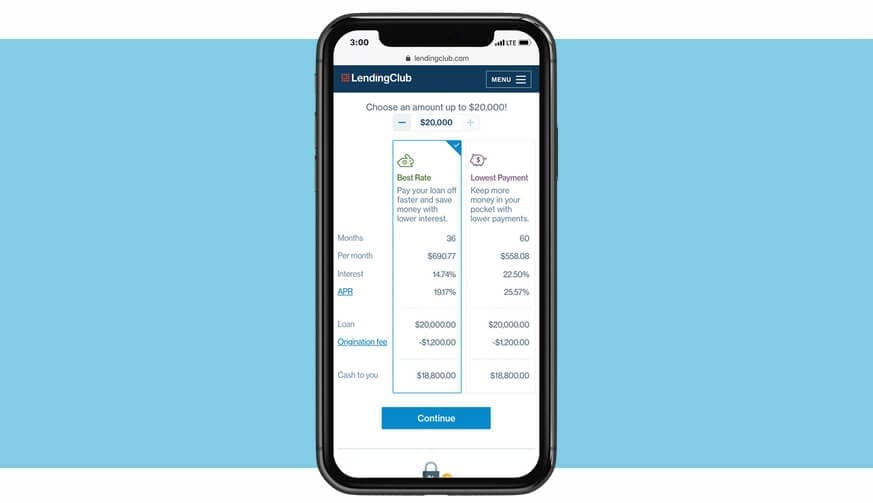

- #MACHINE LEARNING IMAGE CLEANER CODE#
- #MACHINE LEARNING IMAGE CLEANER DOWNLOAD#
This looks like a 5, and indeed that’s what the label tells us: > yįigure 3-1 shows a few more images from the MNIST dataset to give you a feel for the complexity of the classification task. Plt.imshow(some_digit_image, cmap = matplotlib.cm.binary, Some_digit_image = some_digit.reshape(28, 28) All you need to do is grab an instance’s feature vector, reshape it to a 28×28 array, and display it using Matplotlib’s imshow() function: %matplotlib inline Let’s take a peek at one digit from the dataset. This is because each image is 28×28 pixels, and each feature simply represents one pixel’s intensity, from 0 (white) to 255 (black). There are 70,000 images, and each image has 784 features. Let’s look at these arrays: > X, y = mnist, mnist
A target key containing an array with the labels. A data key containing an array with one row per instance and one column per feature. 

'target': array()}ĭatasets loaded by Scikit-Learn generally have a similar dictionary structure including:
#MACHINE LEARNING IMAGE CLEANER CODE#
The following code fetches the MNIST dataset: > from sklearn.datasets import fetch_mldata
#MACHINE LEARNING IMAGE CLEANER DOWNLOAD#
Scikit-Learn provides many helper functions to download popular datasets. Whenever someone learns Machine Learning, sooner or later they tackle MNIST. This set has been stud‐ ied so much that it is often called the “Hello World” of Machine Learning: whenever people come up with a new classification algorithm, they are curious to see how it will perform on MNIST. Each image is labeled with the digit it represents. I hope you enjoyed this article on a new and revolutionary idea! If you liked this article, please connect with me on linkedin and follow me!Ĭredits go to ( Lehtinen et al.In this chapter, we will be using the MNIST dataset, which is a set of 70,000 small images of digits handwritten by high school students and employees of the US Cen‐ sus Bureau. Now the question is: How will the AI extrapolate data?.Can be used for a ton of applications to enhance current technology.
 By finding the average of the noisy image, we can generate a model with an accurate distribution. U-net with skip connections can be trained with noisy data to fix grainy images. However, this raises the question: how will the AI extrapolate data? In a scenario when the model is used to enhance grainy security footage in low-light, can it improperly generate the face of the fugitive? How can we be 100% sure the AI cleans up the images properly when lives are on the line? That will definitely be up for debate! Key Takeaways It can also improve camera footage to help photographers and videographers. A noisy image is produced with a lower shutter speed, not allowing much light in, while a clean image requires a higher shutter speed.Ĭlear up images for better view and analysis of the stars! ⭐ ImplicationsĪlright, so this model is really cool and all, but what impact will it have? First off, it can help improve a bunch of existing technologies as mentioned beforehand, like space and brain imaging. Shutter speed is the length of time the shutter is opened, allowing light into the camera. To obtain a clean image, a good exposure (amount of light in the image) is needed, which is determined by shutter speed, among other factors. Before I explain how in the world this works, I’ll explain how clean images are taken. Here’s where the amazing part comes in: we train the model by mapping noisy images to noisy images (as the target). For brain scans, we can’t retain a version without the noise. In our scenario of cleaning images, we would want the features from the noisy images, and the labels be the clean images, so our network can take a grainy image and generate a clean version!īut what if we don’t have the clean version of the images to train the network on? In, we don’t have the camera quality to take super high res images yet.
By finding the average of the noisy image, we can generate a model with an accurate distribution. U-net with skip connections can be trained with noisy data to fix grainy images. However, this raises the question: how will the AI extrapolate data? In a scenario when the model is used to enhance grainy security footage in low-light, can it improperly generate the face of the fugitive? How can we be 100% sure the AI cleans up the images properly when lives are on the line? That will definitely be up for debate! Key Takeaways It can also improve camera footage to help photographers and videographers. A noisy image is produced with a lower shutter speed, not allowing much light in, while a clean image requires a higher shutter speed.Ĭlear up images for better view and analysis of the stars! ⭐ ImplicationsĪlright, so this model is really cool and all, but what impact will it have? First off, it can help improve a bunch of existing technologies as mentioned beforehand, like space and brain imaging. Shutter speed is the length of time the shutter is opened, allowing light into the camera. To obtain a clean image, a good exposure (amount of light in the image) is needed, which is determined by shutter speed, among other factors. Before I explain how in the world this works, I’ll explain how clean images are taken. Here’s where the amazing part comes in: we train the model by mapping noisy images to noisy images (as the target). For brain scans, we can’t retain a version without the noise. In our scenario of cleaning images, we would want the features from the noisy images, and the labels be the clean images, so our network can take a grainy image and generate a clean version!īut what if we don’t have the clean version of the images to train the network on? In, we don’t have the camera quality to take super high res images yet.








 0 kommentar(er)
0 kommentar(er)
